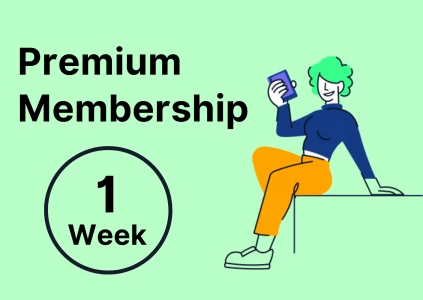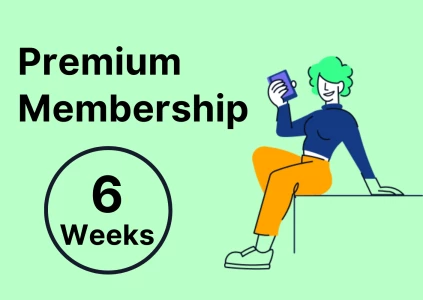Hello,
Routinely towards the end of a case, I will be asked something along the lines of “could you brainstorm some ideas to turn around our client's situation?”
Usually, I try to come up with as many ideas as I can, jot down some notes on each one, and tell my interviewer. But, I have received feedback that I should have a more structured approach, in which I create buckets, and have ideas that fit into each bucket.
When I try to do this, I often find myself spending more time coming up with buckets than I do coming up with ideas, and I feel it limits my creativity.
Does it matter if I don't have a structure so long as my ideas are creative? If so, how do I get better at structured brainstorming?






